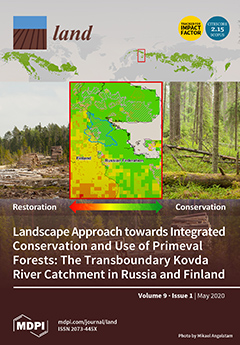Resource information
Despite the global implementation of rock-rubble groyne structures, there is limited research investigating their ecology, much less than for other artificial coastal structures. Here we compare the intertidal ecology of urban (or semi-urban) rock-rubble groynes and more rural natural rocky shores for three areas of the UK coastline. We collected richness and abundance data for 771 quadrats across three counties, finding a total of 81 species, with 48 species on the groynes and 71 species on the natural rocky shores. We performed three-way analysis of variance (ANOVA) on both richness and abundance data, running parallel analysis for rock and rock-pool habitats. We also performed detrended correspondence analysis on all species to identify patterns in community structure. On rock surfaces, we found similar richness and abundance across structures for algae, higher diversity and abundance for lichen and mobile animals on natural shores, and higher numbers of sessile animals on groynes. Rock-pool habitats were depauperate on groynes for all species groups except for sessile animals, relative to natural shores. Only a slight differentiation between groyne and natural shore communities was observed, while groynes supported higher abundances of some ‘at risk’ species than natural shores. Furthermore, groynes did not differ substantially from natural shores in terms of their presence and abundance of species not native to the area. We conclude that groynes host similar ecological communities to those found on natural shores, but differences do exist, particularly with respect to rock-pool habitats.


